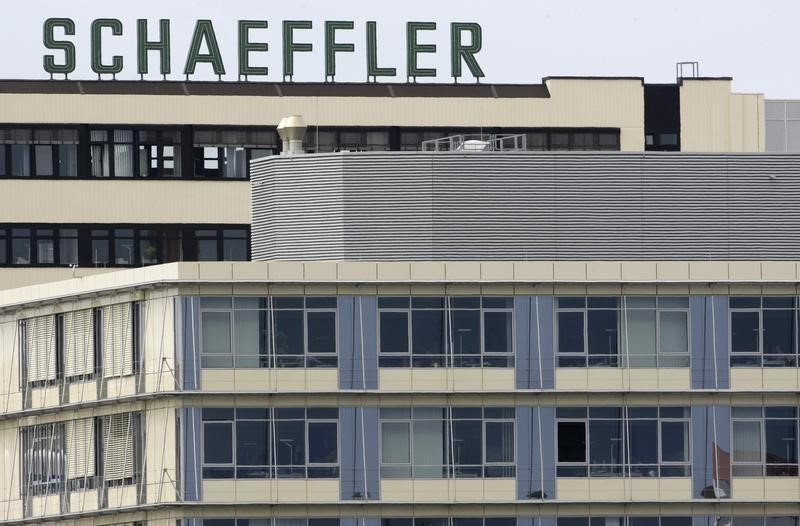This post was originally published on this site
https://i-invdn-com.investing.com/news/LYNXNPEB8K0ES_M.jpg
Investing.com — Schaeffler (ETR:SHA_p) stock surged over 9% in early trade in Frankfurt on Tuesday to its highest in over four months, after the German automotive supplier reported an upturn in profit and said the sectoral outlook had improved in the last three months.
It also stepped up its transition to electric mobility by cutting another 1,300 jobs, mainly at its conventional engine division.
Schaeffler said it’s trimming its 82,000-strong workforce to address structural overcapacity that is growing as electric engines increasingly displace the internal combustion engines that have been at the heart of its business for decades.
“We are moving into an environment where being the technology leader is no longer enough,” automotive division head Matthias Zink said. “The critical factor now is to have in place the competitive cost structures needed to further accelerate the transformation process and ensure that Schaeffler is fully geared for powertrain electrification.”
The company aims to realize €100 million (€1=$0.9991) a year in cost savings with the measures, which will cause a €130 million charge against earnings in the current quarter.
Schaeffler’s third-quarter earnings, which were released at the same time, showed sales at its e-mobility division rose 63% on the year, while sales at its conventional Engines & Transmissions division rose 20%. Whereas e-mobility was barely one-sixth of the two divisions’ combined sales a year ago, it accounted for 22% in the three months through September.
The company’s overall operating performance improved markedly due to the easing of supply chain bottlenecks in recent months: supply – especially in the area of freight and logistics – has improved just as demand for Schaeffler’s products has weakened.
As with all of German industry, Schaeffler was hit by a sharp rise in its energy costs so far this year, but it was able to pass on more than two-thirds of the increase in overall production costs, and also received a €77 million tailwind from the euro‘s depreciation. Gross profit rose to €984 million in the third quarter from €793 million a year ago, while the bottom line improved to €169 million from €149 million.
The company said the outlook for the global outlook for the auto sector had improved in the last three months. It now expects global auto sales to total around 81 million this year, up from an estimate of 77 million at the time of its last quarterly report. However, its own order book conformed to the pattern seen at the pan-German level in recent months. The book-to-bill ratio, which tracks orders against current sales, fell at the key automotive division to 1.3 by September from 1.6 in June. The outlook at its industrial division was even worse, with orders falling below sales in the third quarter.

